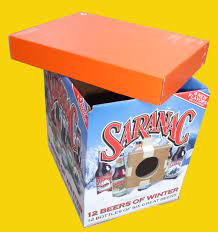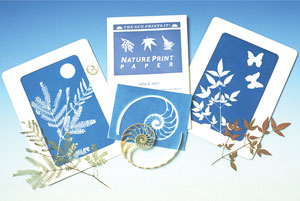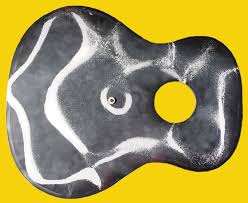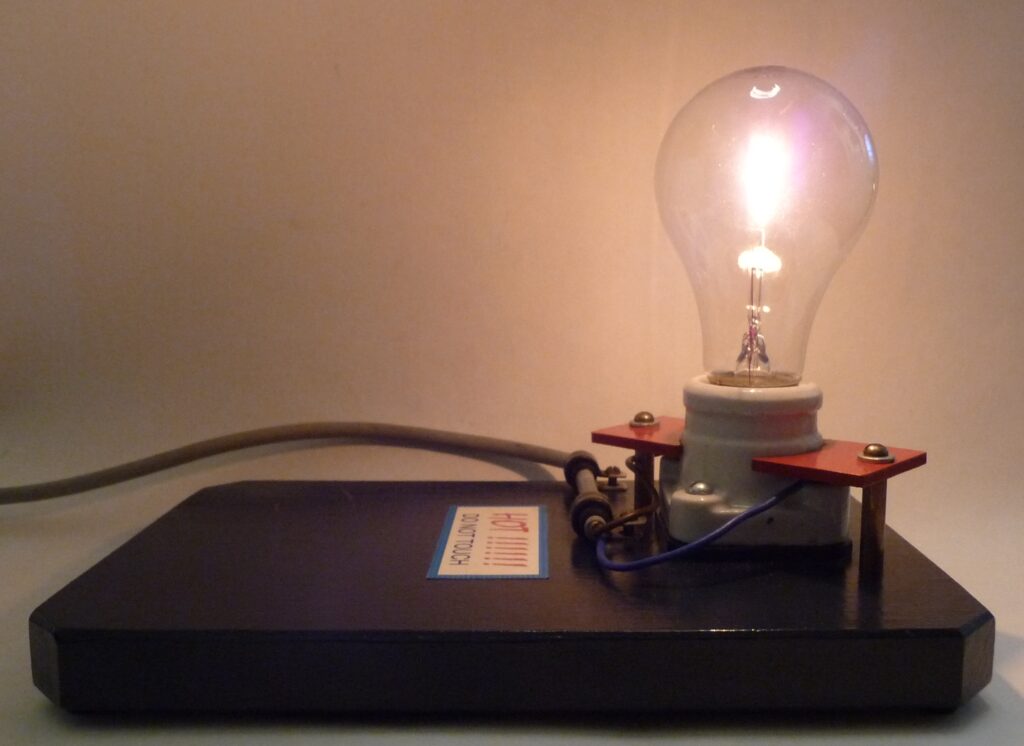 by: Martin Sagendorf
by: Martin Sagendorf
Taking a photo in the UV is relatively easy and produces a somewhat different view of what we see in visible light. All that’s required is a small bi-convex lens, a cardboard box, some pieces of thin cardboard, a pack of ‘Sun Paper’, and patience.
 As we know, sunlight contains ultraviolet, visible, and infrared ‘colors’, and we can ‘see’ only the middle wavelengths of this ‘optical spectrum’. Infrared is invisible, but we feel it as heat and likewise, at the other end of the spectrum (at much shorter wavelengths), the ultraviolet radiation is also invisible, but it is very energetic and damaging (as shown by the fading of paint and our sunburned skin).
As we know, sunlight contains ultraviolet, visible, and infrared ‘colors’, and we can ‘see’ only the middle wavelengths of this ‘optical spectrum’. Infrared is invisible, but we feel it as heat and likewise, at the other end of the spectrum (at much shorter wavelengths), the ultraviolet radiation is also invisible, but it is very energetic and damaging (as shown by the fading of paint and our sunburned skin).
So the question is, “How can we see UV?” Well, we can’t do so directly, but we can use a special paper having a chemical coating that’s particularly sensitive to UV. It is the same type of paper that was used with blueprint machines using a UV lamp and ammonia fumes to copy drawings made on transparent paper.
How to Make a UV-Sensitive Box Camera:
 For our box camera we’ll use a very special paper, a lens, and plain tap water, and a box. The paper is inexpensive as is the lens, and the cardboard box is free-for-the-finding. Read the rest of this entry »
For our box camera we’ll use a very special paper, a lens, and plain tap water, and a box. The paper is inexpensive as is the lens, and the cardboard box is free-for-the-finding. Read the rest of this entry »
 by: Martin Sagendorf
by: Martin Sagendorf



 Posted by Tami O'Connor
Posted by Tami O'Connor 
 by: Bennett M. Harris
by: Bennett M. Harris As we know, sunlight contains ultraviolet, visible, and infrared ‘colors’, and we can ‘see’ only the middle wavelengths of this ‘optical spectrum’. Infrared is invisible, but we feel it as heat and likewise, at the other end of the spectrum (at much shorter wavelengths), the ultraviolet radiation is also invisible, but it is very energetic and damaging (as shown by the fading of paint and our sunburned skin).
As we know, sunlight contains ultraviolet, visible, and infrared ‘colors’, and we can ‘see’ only the middle wavelengths of this ‘optical spectrum’. Infrared is invisible, but we feel it as heat and likewise, at the other end of the spectrum (at much shorter wavelengths), the ultraviolet radiation is also invisible, but it is very energetic and damaging (as shown by the fading of paint and our sunburned skin).
